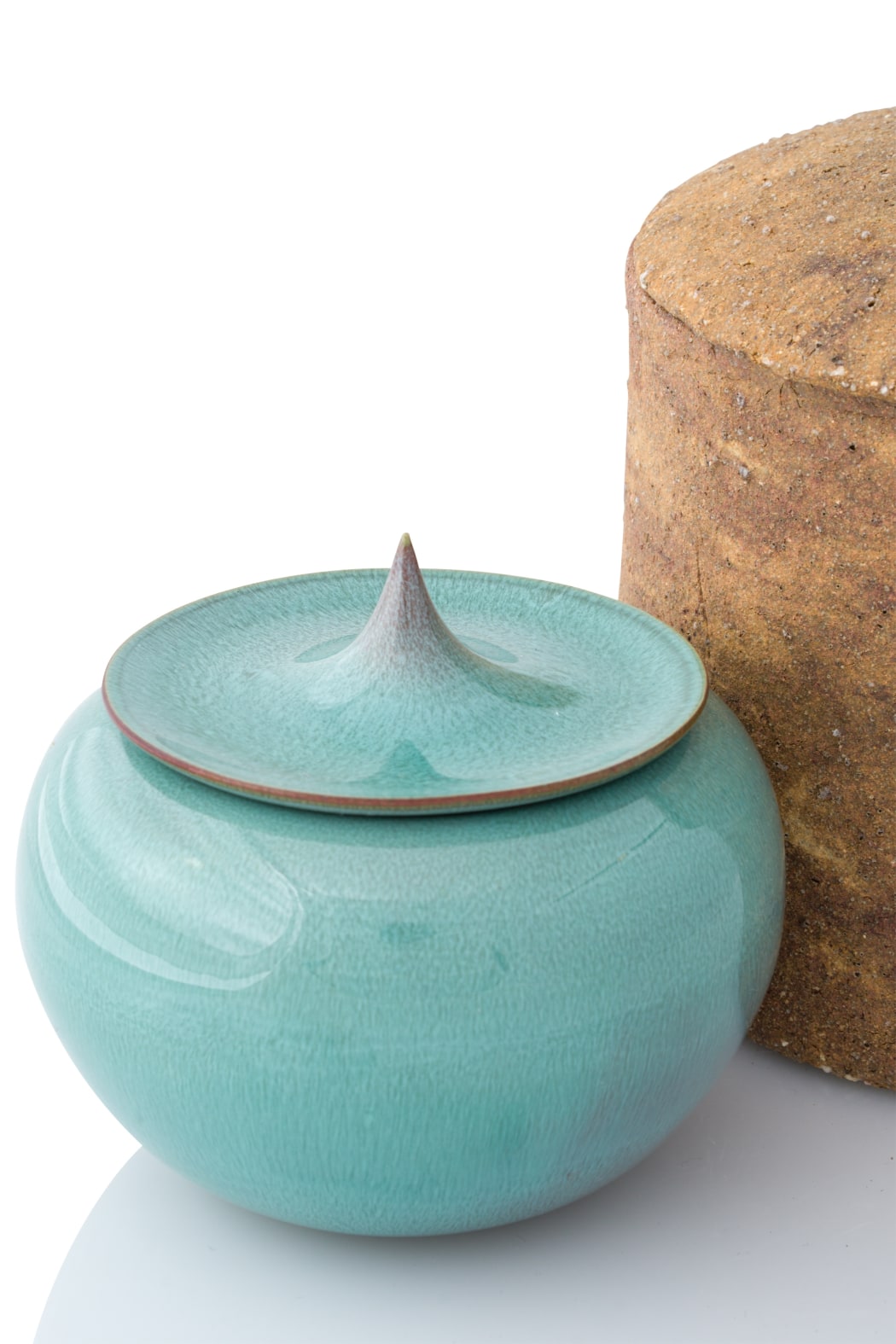
Incense has been used worldwide for millenniums, not only for its wonderful stimulating smell but also medicinal. Although the notion of scent's ability to heal has been primarily dispelled, incense can set the mood of a space and bring one's mind into another vortex. The combination of scent and beautiful objects is a perfect pair. Learn more about the featured incense burners we currently have.
Incense has the power to evoke another place, such as a Japanese dry garden or a temple on top of a lush mountain. Ippodo Gallery appreciates this tradition and welcomes guests with precious incense collected from the temples of Nara, Kyoto, and other regions.
The stick is not the only way to enjoy rich aromas. A spiral can burn in the corner before guests arrive, while a long stick can burn right along a long bath to ease the mind and relax the soul. Each of these examples is "Sora Kaoru." "Konka" is a quieter form that releases the scents into the palm of your hand. Konka requires you to burn charcoal in a mountain of ash while the incense heats up and gently releases the aroma.

Like many things brought to Japan, incense was introduced in the eighth century by Buddhists monks. Various aromas were used in their religious practice because it is believed that incense can pass into the realm of enlightenment. Centuries later, the aristocracy adopted this practice during their leisurely activities and "listened to the fragrance" during their parlor games.
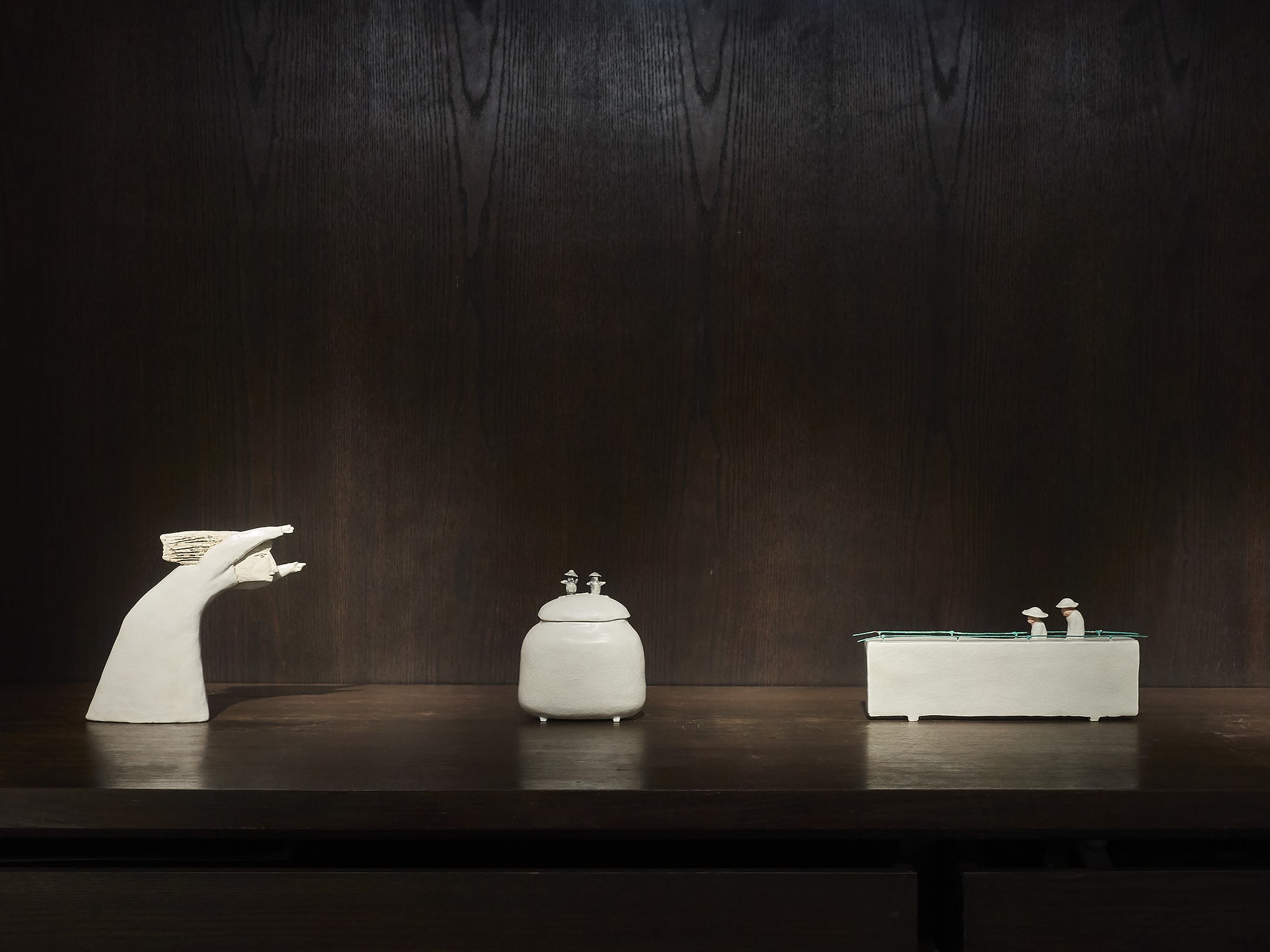
It wasn't until the 14th century that incense reached its peak of popularity. These fragrant sticks marked distinction and sophistication as well as the essential ability to dispel unpleasant odors. Around this time, it became familiar to perfume unwanted scents, such as the unsavory smell of wartime. Samurai warriors would perfume their helmets and armor with incense to cleanse their body, mind, and soul for going into battle as well as potentially meeting their fate. Perhaps this idea can still apply to the workforce today.
Shin Fujihira's Fish incense burner is a delightful light blue container that comfortably fits in the palm of one's hand. A single dark blue fish decorated with silver cross hatchings rests on top of the lid. Besides the cheerful fish is a tiny hole that allows the scent to travel through.
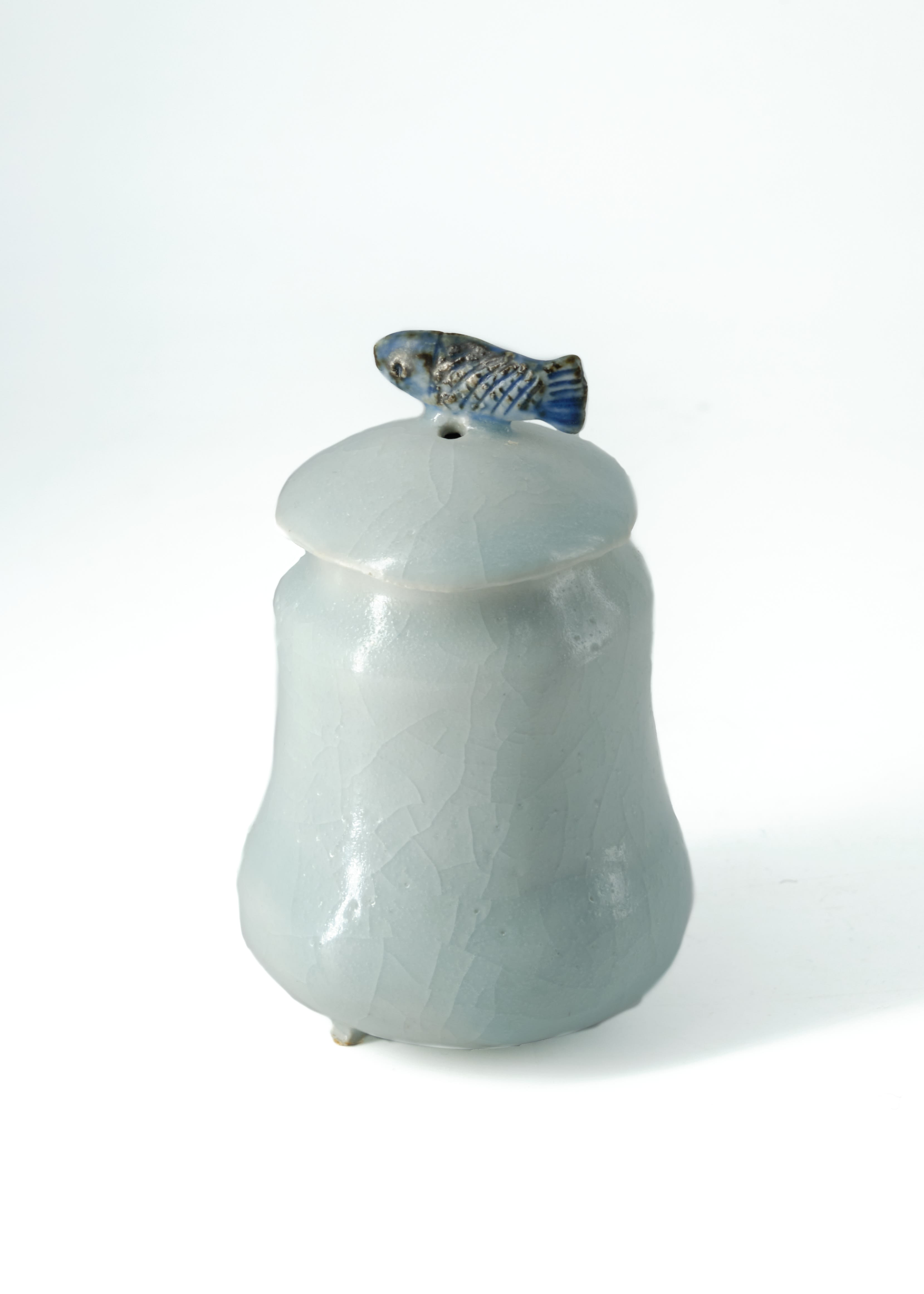
Shin Fujihira Fish Incense Burner, 2008 H4 x 1/2 x W2 3/4in
(C2364)
Here we see another Shin Fujihira incense burner but with the rich cinnabar glaze. The entrancing fade from red to blue is the highlight of this rather interesting organic-shaped piece.

Shin Fujihira Cinnabar Incense Burner, 1990 H6 1/4 x W4 3/4 x L2 3/4in
(C19528)
Shinobu Kawase's celadon incense burner is perfectly round and decorated with a sophisticated yet straightforward pointed top. The robin's egg blue is accompanied by an earthy-toned brown that enriches the overall aesthetic of the piece.

Shinobu Kawase Celadon Incense Burner H3 1/8 x W3 3/4 x D3 3/4 in
(C18775NP)
How does one use these incense burners, the contemporary Western person may wonder? These burners were once made for the elite and are undoubtedly accompanied by a lengthy step-by-step process.
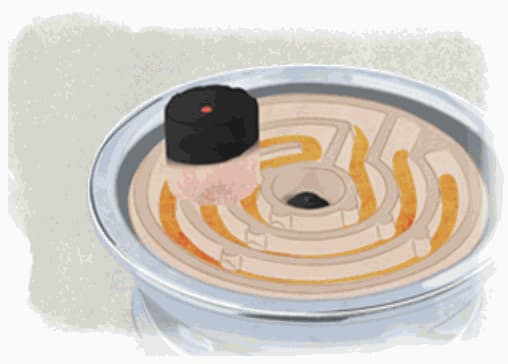
1. Heat charcoal.

2. Bury the charcoal in ash.
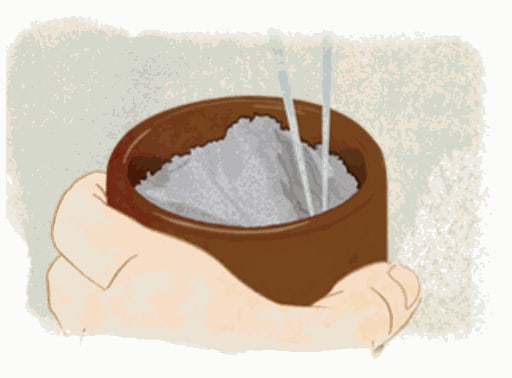
3. Cover the ash into a mountain form.
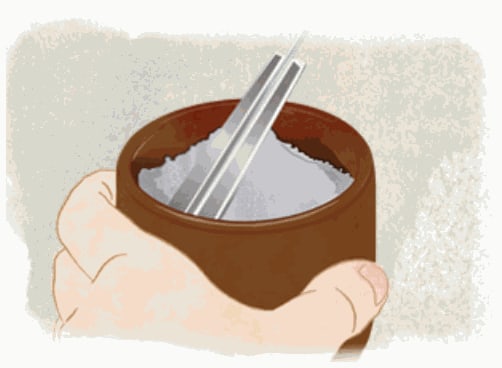
4. Pat smooth

5. Poke a fire hole from the top and make a line going down the mountain to identify the front.
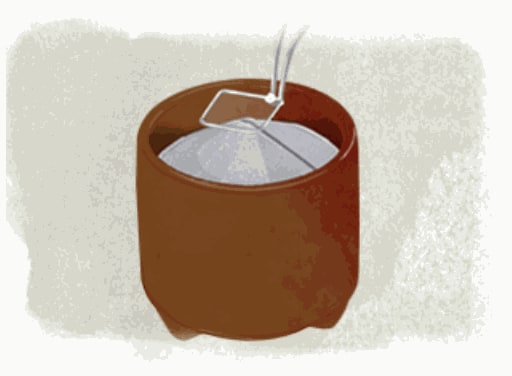
6. Put the silver leaf on top.

7. Put the incense on top.
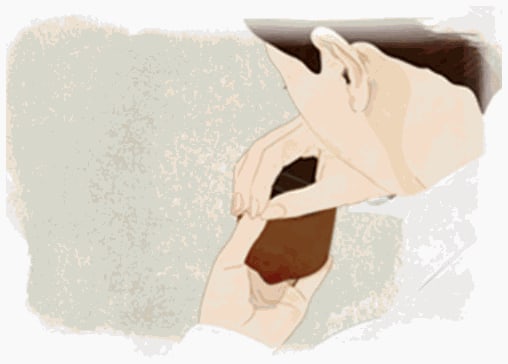
Copyright © 2011 SHOYEIDO
8. Cup the burner and enjoy the smell.
For the complete preparation, please click on this link.
Today incense is worldly popular, and it is acceptable, but it's also desirable among all class ranges. The world of incense has opened up spiritual awareness and understanding with its solicitous scents and the decorative holders that accompany them.

